The popularity of OLED smartphones with in-display fingerprint sensors will continue to gather pace in 2019, DigiTimes reports this morning, despite Apple's decision to move away from the technology in favor of face recognition.
Citing industry sources, the report says that rising popularity for fingerprint scanners in smartphone screens is being driven by a reduction in sensor prices and the price gap between OLED and LCD panels.
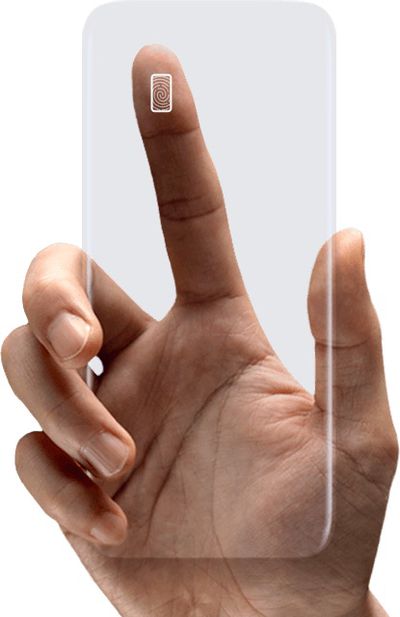
The market size of OLED panels with in-display fingerprint sensors has expanded significantly as handset vendors including Samsung Electronics, Huawei, Xiaomi, Oppo and Vivo have extended the adoption of in-display fingerprint sensing technology from the premium smartphones to mid-range models, said the sources.
The introduction of optical fingerprint sensing solutions by vendors including Synaptics and Goodix Technology in 2018, which came with more competitive pricing and fitted with the prevailing all-screen display design for smartphones, has helped bring down overall prices of in-display fingerprint sensor chips and therefore further drive up the popularity of such a technology, said the sources.
Apple was widely rumored to be attempting to integrate Touch ID under the display on the iPhone X, but the company's hardware engineering chief Dan Riccio later said it ditched any form of fingerprint scanning after hitting "early line of sight" with Face ID.
Apple has since done away with fingerprint recognition entirely in its flagship smartphone lineup, which includes the iPhone XS, iPhone XS Max, and LCD-based iPhone XR. All have a notch at the top of the screen housing the TrueDepth sensing camera in lieu of a Home button, which contains Touch ID's focused capacitive drive ring in earlier iPhones. Apple's latest iPad Pro models have also inherited Apple's cutting edge face-recognition tech.
Apple's biggest rival, Samsung, includes an ultrasonic fingerprint scanner embedded into the screen of its latest Galaxy S10 smartphone. Samsung's tech uses sound waves to create an intricate 3D map of the user's fingerprint. The Galaxy S10e meanwhile uses an electrostatic fingerprint scanner on the Power button.
Apple has explored various in-display fingerprint scanner solutions in the past, including fingerprint sensing MicroLED displays. So far, Apple has not developed in-screen fingerprint technology for a consumer device, while Touch ID has found a new lease of life on laptop keyboards, specifically in Apple's MacBook Pro with Touch Bar range and the latest MacBook Air.



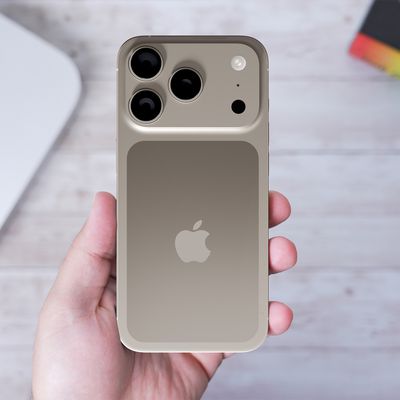
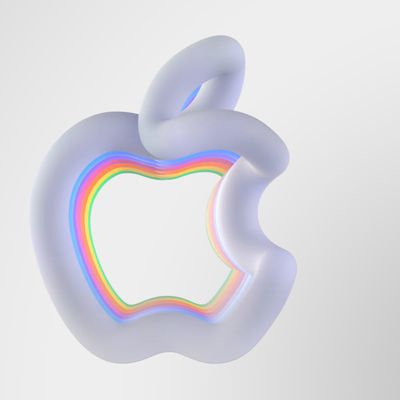

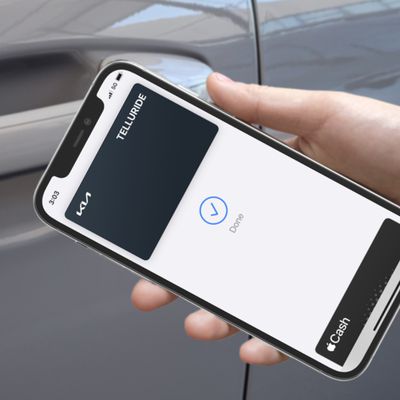
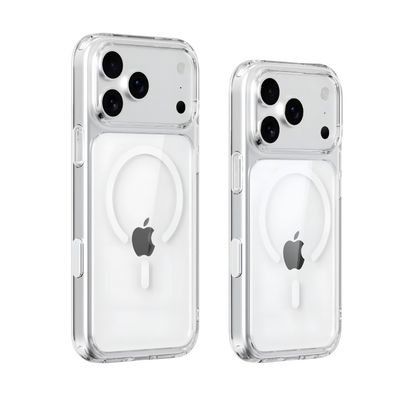













Top Rated Comments
Face ID on my iPad Pro is an absolute ball-ache to use. The camera is just in the wrong place and is always covered by my hand when I pick the device up.
If your device is flat on a desk you have to lurch over it to login. No thanks.
For my iPad and iPhone embedded Touch ID would get my vote every time.
Face ID works well and all, but there are many impractical uses of Face ID that Touch ID solves so easily.
Example #1 (of many I can think of)... You're driving and someone asks to use your phone in the car. You can grab it and touch it without even taking your eyes off the road and it's instantly unlocked. Face ID is a little unwieldy in that situation. Plus, if a cop sees you hold a phone to your face, you're getting a ticket in most states.
Alternatively proximity unlock using the Apple Watch could also work pretty well.
I sincerely hope Apple never do this as it is rubbish and doesn’t work properly. It’s also pointless. FaceId is flawless and so much better, so why introduce this half baked crap